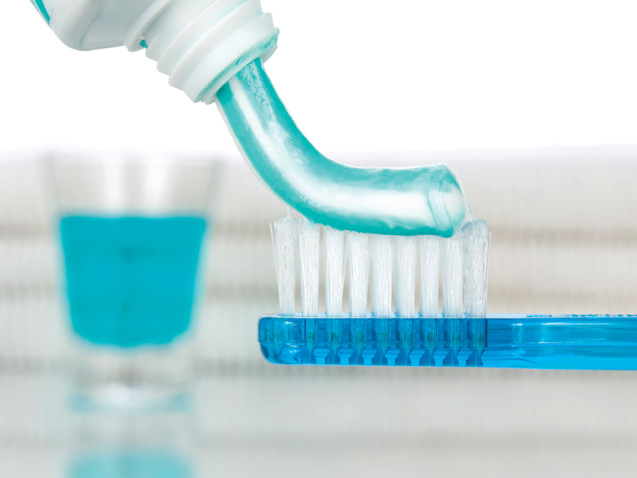What’s in Toothpaste?
Removing bacteria that build up on teeth every 12-24 hours by brushing your teeth, helps prevent tooth decay, gum disease and bad breath. None of us would think of leaving the house before brushing with your favorite toothpaste – but what’s in this substance we put in our mouths several times a day? And can toothpastes really do what they claim?
If the American Dental Association Seal of Acceptance is on the label, which means the manufacturers claims have been independently verified. If you don’t see the seal, you might want to take a closer look at the ingredients lists.
Here are some things to look for:
- Abrasives: In order to scrub off stains, you need a substance with a little graininess. Abrasives you may find include hydrated silica, hydrated alumina, calcium carbonate and dicalcium phosphates. None of these materials would have any cleaning effect without the scrubbing action of the toothbrush.
- Detergents: Toothpaste foams because it contains a detergent. The purpose is to loosen and break down substances on your teeth that otherwise wouldn’t be soluble.
- Fluoride: First introduced into toothpastes in 1914, fluoride is arguably the most valuable component in toothpaste. Fluoride strengthens tooth enamel and makes teeth more resistant to decay.
- Flavoring: Toothpaste would taste pretty bad without the addition of flavoring agents, which is why you always find various natural and artificial flavorings.
Looking for recommendations? Contact your dental team at Douglas B. Weber, D.D.S. in Lancaster, CA for suggestions, or just ask them at your next appointment.

